The story of feathers is one of evolution's most captivating tales, a narrative woven into the very fabric of dinosaur history. Long before birds took to the skies, their ancestors—the dinosaurs—were experimenting with feather-like structures for reasons far removed from flight. What began as simple filaments for insulation eventually transformed into the complex, aerodynamic wonders that enable modern birds to soar. This transition from warmth to wings represents one of nature's most extraordinary innovations.
The earliest feathers likely emerged not as tools for flight but as solutions to a more mundane problem: staying warm. In the chilly Mesozoic world, small theropod dinosaurs—the group that would eventually give rise to birds—faced constant thermal challenges. Fossil evidence from species like Sinosauropteryx reveals hairlike protofeathers, simple structures that trapped air close to the body. These primitive filaments bore little resemblance to modern feathers, yet they marked the first critical step in a journey that would reshape life on Earth.
As generations passed, feathers grew more sophisticated. Some dinosaurs developed branched structures, with central shafts supporting smaller barbs. These more advanced feathers still served primarily as insulation, but they also opened new possibilities. Perhaps they helped with display, allowing dinosaurs to communicate through visual signals. Or maybe they aided in camouflage, breaking up outlines against dappled forest backgrounds. Whatever their secondary functions, these feathers were laying the groundwork for something far more revolutionary.
The leap to flight didn't happen overnight. It required a perfect storm of anatomical changes—not just in feathers but throughout the entire body. Arms grew longer; bones became lighter; muscles specialized for powerful flapping motions. Meanwhile, feathers underwent their own transformations. Asymmetrical vanes appeared, creating airfoil shapes that could generate lift. Hook-like barbules evolved, knitting feather barbs together into seamless surfaces. Each innovation built upon the last, inching certain dinosaurs closer to true aerial capability.
Remarkably, we can trace these changes through the fossil record. Creatures like Microraptor show us intermediate stages—four-winged dinosaurs with flight feathers on both arms and legs, capable perhaps of gliding between trees. Later species like Archaeopteryx demonstrate more advanced flight adaptations, though they likely couldn't sustain prolonged aerial movement like modern birds. These fossils form a clear progression, documenting feather evolution in exquisite detail across millions of years.
What's perhaps most surprising is how many non-avian dinosaurs sported feathers without ever taking flight. From the massive Yutyrannus to the tiny Anchiornis, feathers appear to have been widespread among theropods. This suggests that flight wasn't the original purpose of feathers at all, but rather an opportunistic exploitation of structures that evolved for other reasons. Nature often works this way—co-opting existing features for new functions when the opportunity arises.
Today, feathers represent one of evolution's most versatile inventions. They still keep birds warm, just as they did for their dinosaur ancestors. But they also enable flight, aid in swimming for species like penguins, facilitate dazzling courtship displays, and provide waterproofing. This incredible functional diversity all stems from those simple filaments that first appeared on small, running dinosaurs over 150 million years ago. The feather's journey from thermal insulator to flight enabler stands as one of biology's most remarkable examples of evolutionary repurposing.
Modern research continues to uncover new details about feather evolution. Molecular studies reveal how specific proteins build feather structures at the microscopic level. Fossil discoveries from China's Liaoning Province provide unprecedented glimpses into feathered dinosaurs. Biomechanical analyses help us understand exactly how feathers interact with air to produce flight. Each new finding adds another piece to this complex puzzle, helping us appreciate how such an elegant solution emerged through the slow, incremental process of natural selection.
The story of feathers reminds us that evolution rarely follows straight paths. What begins serving one purpose often gets adapted for something entirely different. In feathers, we see nature's boundless creativity—taking simple structures and, over countless generations, transforming them into keys that unlocked the skies. From the humblest beginnings came one of life's most astonishing achievements: the gift of flight.
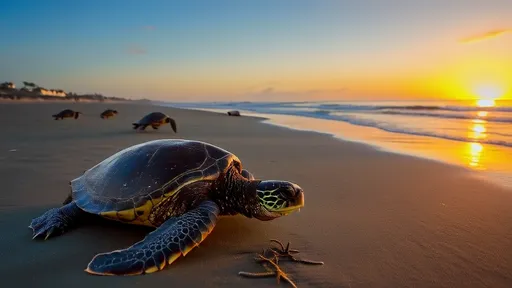
By /Jul 7, 2025
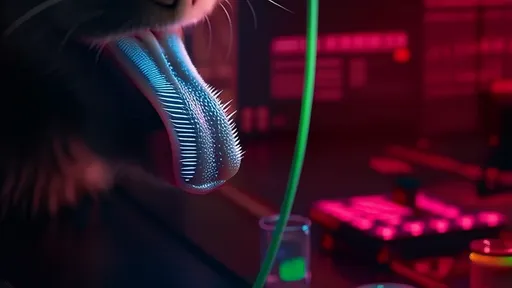
By /Jul 7, 2025
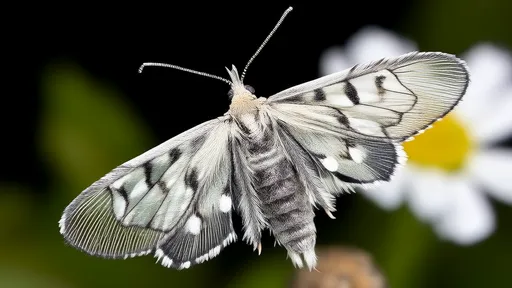
By /Jul 7, 2025
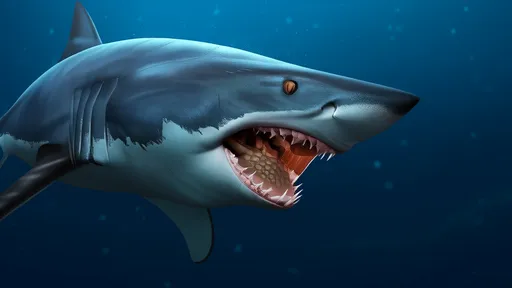
By /Jul 7, 2025
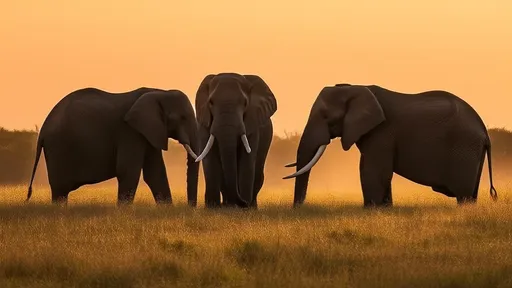
By /Jul 7, 2025
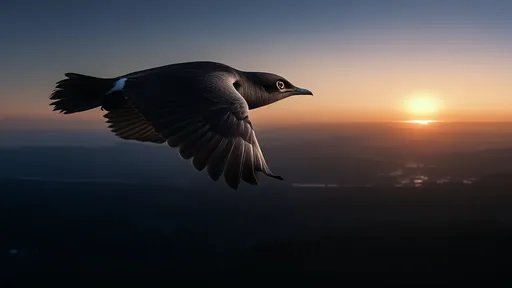
By /Jul 7, 2025
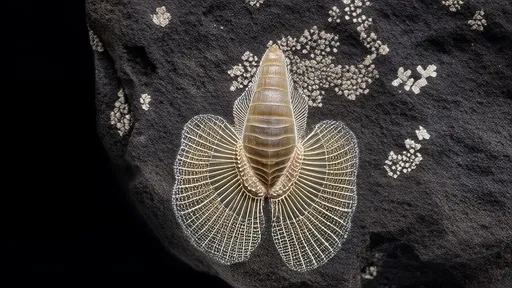
By /Jul 7, 2025

By /Jul 7, 2025
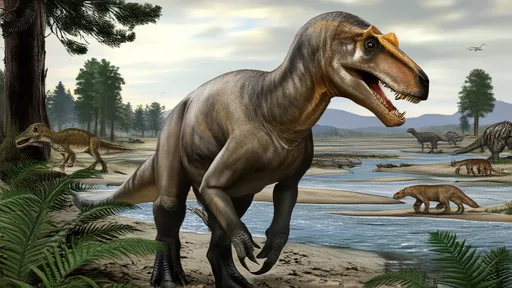
By /Jul 7, 2025
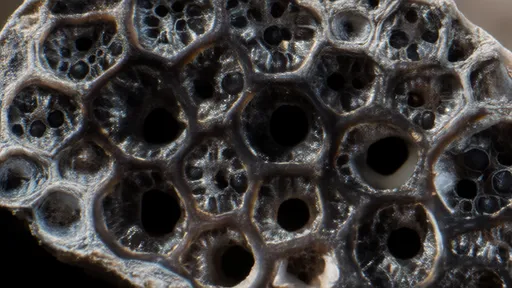
By /Jul 7, 2025
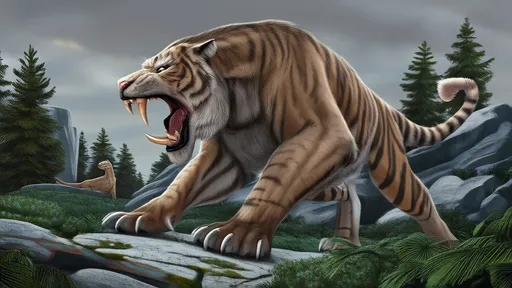
By /Jul 7, 2025
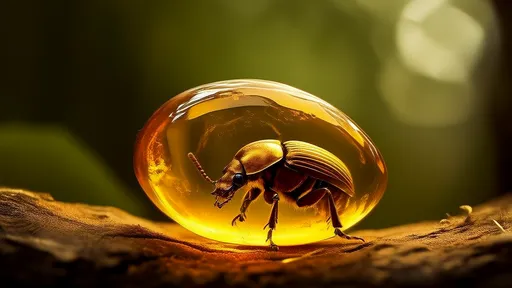
By /Jul 7, 2025
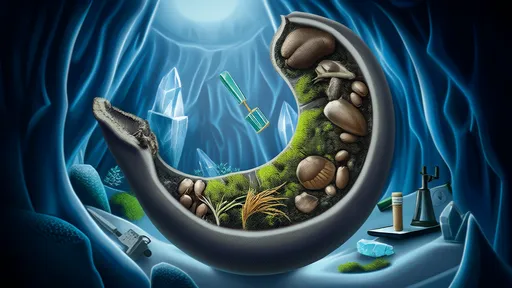
By /Jul 7, 2025
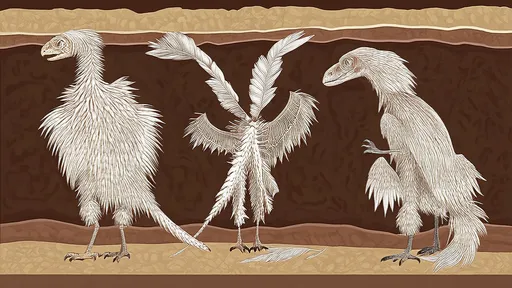
By /Jul 7, 2025
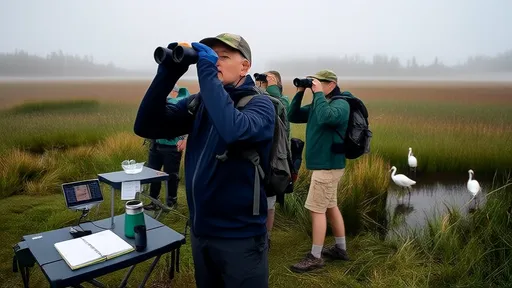
By /Jul 7, 2025

By /Jul 7, 2025
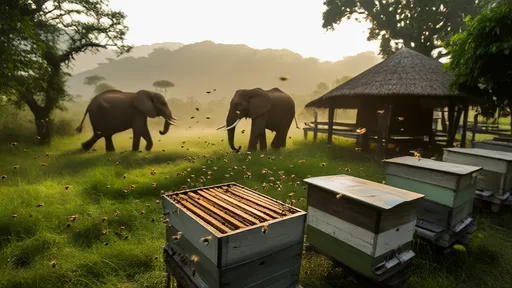
By /Jul 7, 2025
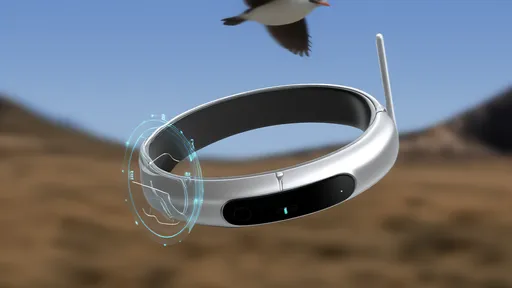
By /Jul 7, 2025